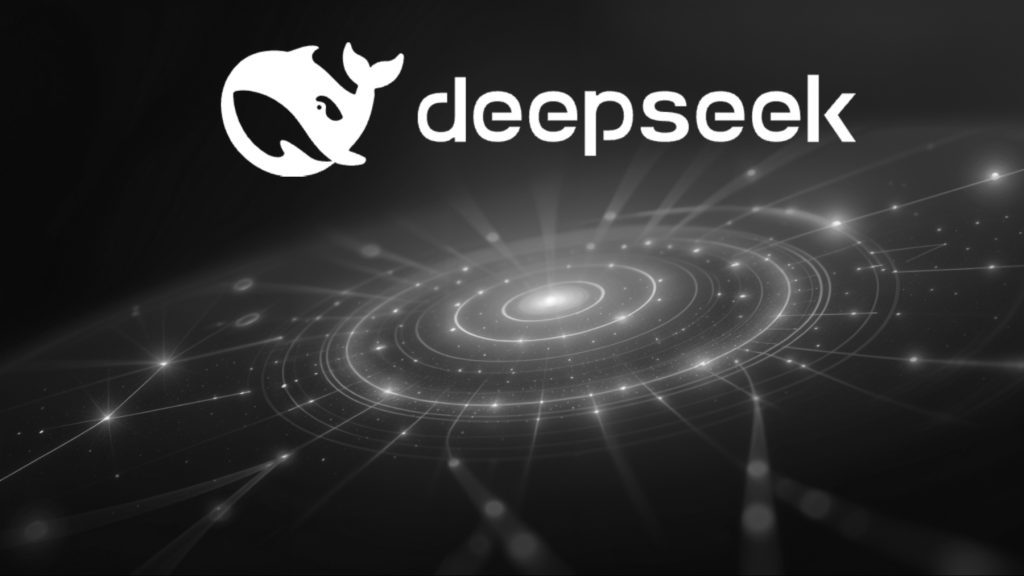
On January 20, Chinese startup DeepSeek released its latest model, challenging US tech giants but raising concerns over data secrecy, the rise of open-source AI competition has intensified global debates on security, transparency, and dominance.
While open-source AI models promise accessibility to spur innovation, it is always debated how open they actually are. Though companies like DeepSeek claim they are transparent, the lack of disclosed training data does raise ethical and security questions. This is a discussion that is constant and underlines a complex junction of technology, regulation, and global AI competition a prelude to what “open source” really means in artificial intelligence.
What Does Open Source Really Mean?
While it may mean that, in software, the source code behind a particular software is freely available to be modified, studied, and distributed by anyone, that meaning significantly complicates things when AI competition models are concerned.
But according to the Open-Source Initiative, for a model to be truly open-sourced, one would require complete access to the training data, code, and model weights. On the other hand, companies like Meta, Mistral, and DeepSeek have shared model weights, though full transparency through complete access to training is usually never exposed.
For instance, Meta publishes weights and partial source code for its Llama models but doesn’t release the data behind the training. The latest DeepSeek model, R1, was called open source, yet it didn’t include training data, which raises many questions about how it was built.
Risks and Benefits with Open AI competition Models
This brings a lot of benefits to open-sourced AI competition, like cost reductions, wider access, and faster innovation. Proponents argue that open systems will offer a more competitive ecosystem with no single large players dominating space. According to Aaron Levie, the chief of Box Inc., closed AI models threaten to result in a few companies controlling the entire AI economy.
But critics also raise serious security concerns, especially when it comes to AI models coming from geopolitical rivals like China. Some US officials believe the open-source AI will be used for malicious surveillance, misinformation, and even cyber threats. Concerns remain that Chinese firms leverage Western AI technology to speed up their progress without investment in expensive research.
“If there’s going to be an open-source model that everyone uses, we should want that to be an American model,” Meta CEO Mark Zuckerberg said in a recent interview.
The government of the United States has been cautious about the regulation of AI. In 2024, the Biden administration ruled it was too early to place any restrictions on open-source AI, but said it was leaving the door open for any future regulations. Meanwhile, the Trump administration also has yet to finalize its policies about AI, although Vice President JD Vance, along with Elon Musk, have expressed strong support for open-source AI.
It is an AI competition between open and closed models and US versus China’s leadership in AI, with increasing development in AI, that will define the future of technology across the world.
Inside Telecom provides you with an extensive list of content covering all aspects of the tech industry. Keep an eye on our Intelligent Tech sections to stay informed and up-to-date with our daily articles.